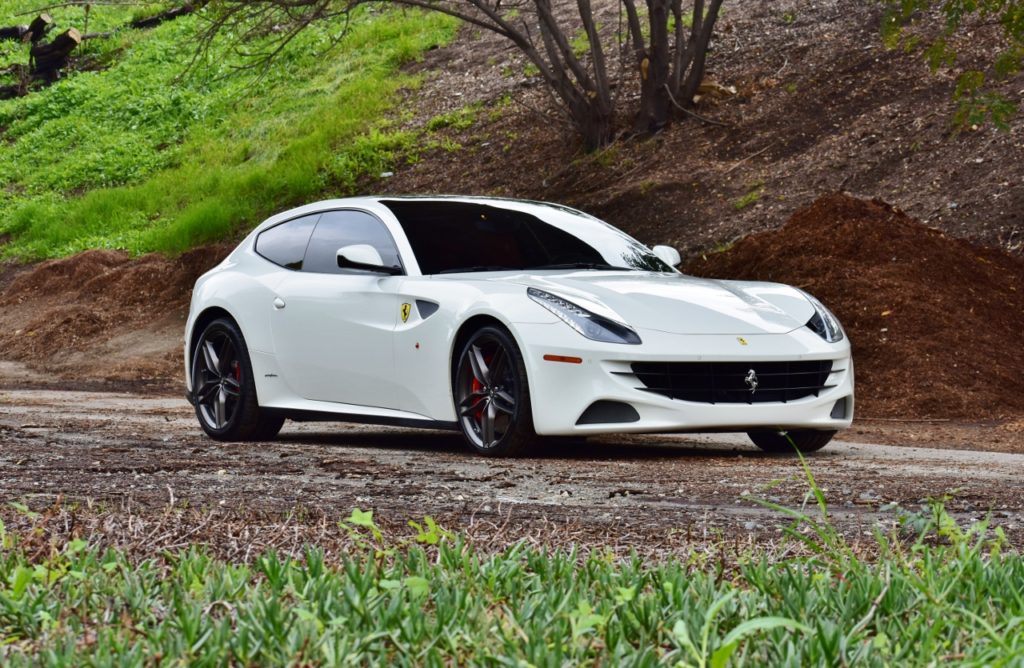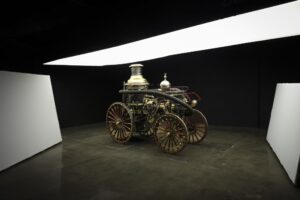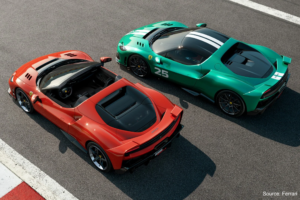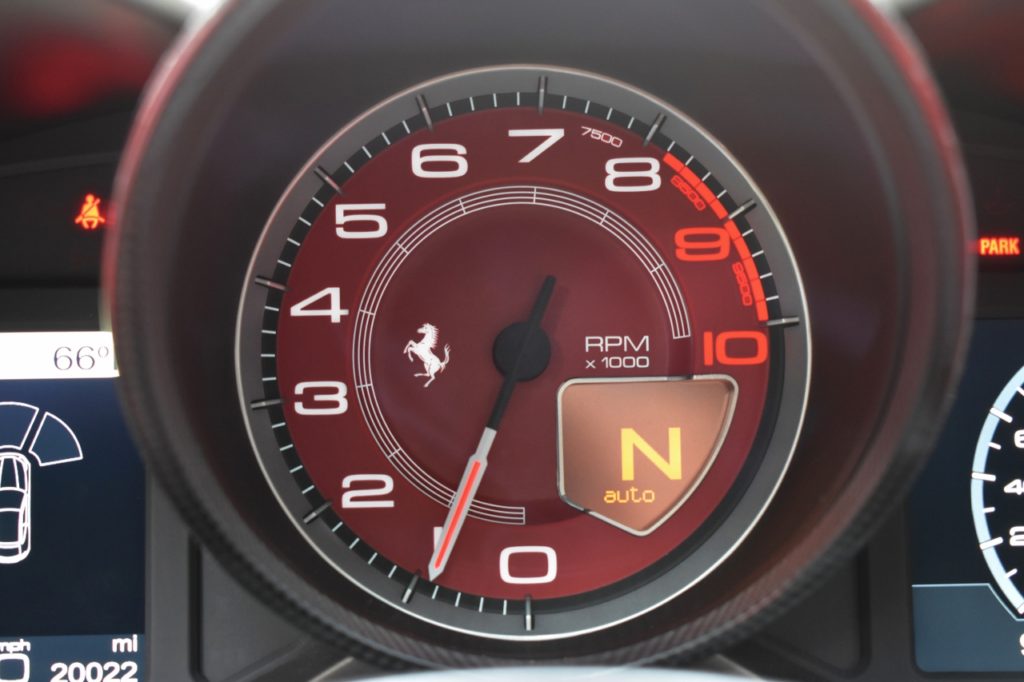
Ending at a price of $146,000 yesterday, the bidding on our Ferrari FF missed out on meeting the minimum reserve. The good news is, however, that the Ferrari remains available for purchase by those interested in owning a piece of modern Ferrari history or who want what is quite possibly the best daily driver on the market.
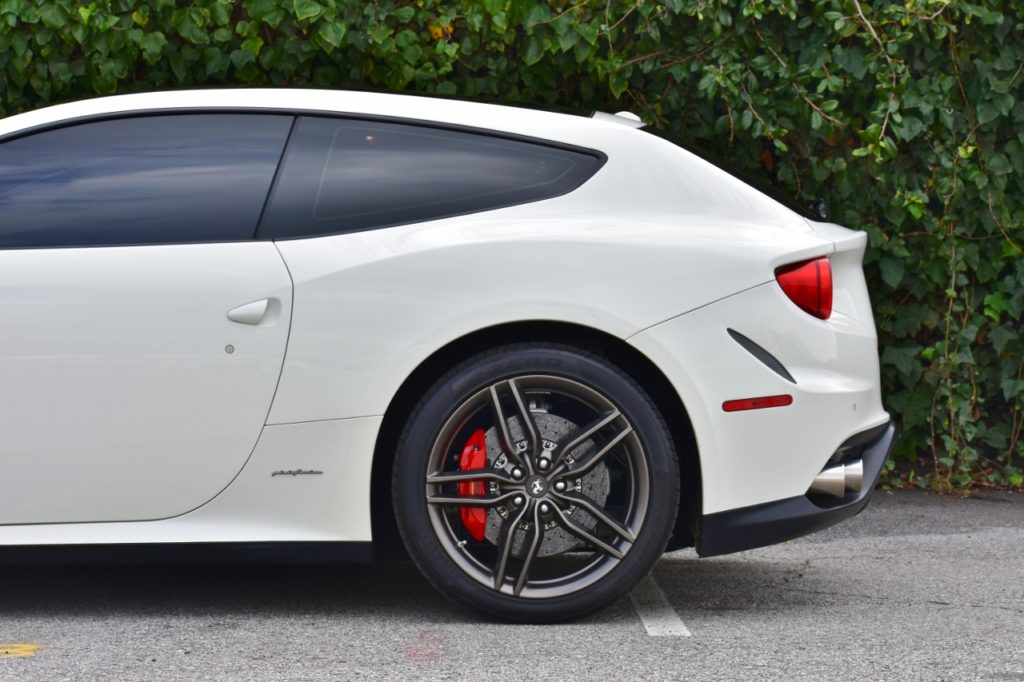
When released in 2011, the FF was paradigm shattering for Ferrari and especially, for their lineage of 2+2 vehicles. Ferrari had created shooting-brake designs before such as the 1962 250 GT SWB ‘Breadvan’ and a number of one-off exclusives for select clients but never had they done a full-production model. Aside from drastically enhancing the everyday usability of a Ferrari, the design is unique and outspoken, yet very practical. This example, painted in Bianco Avus, has a quieter, soberer overall demeanor (for Ferrari standards) than those finished in brighter hues but that only makes it a better daily driver. 20” five-spoke wheels painted in metallic anthracite match the black trim and accents, as well as the dark, protective window tint. Together with the white body color, they produce a sinister two-tone appearance. A splash of color adorns the fenders given by the optional Scuderia Ferrari crests.
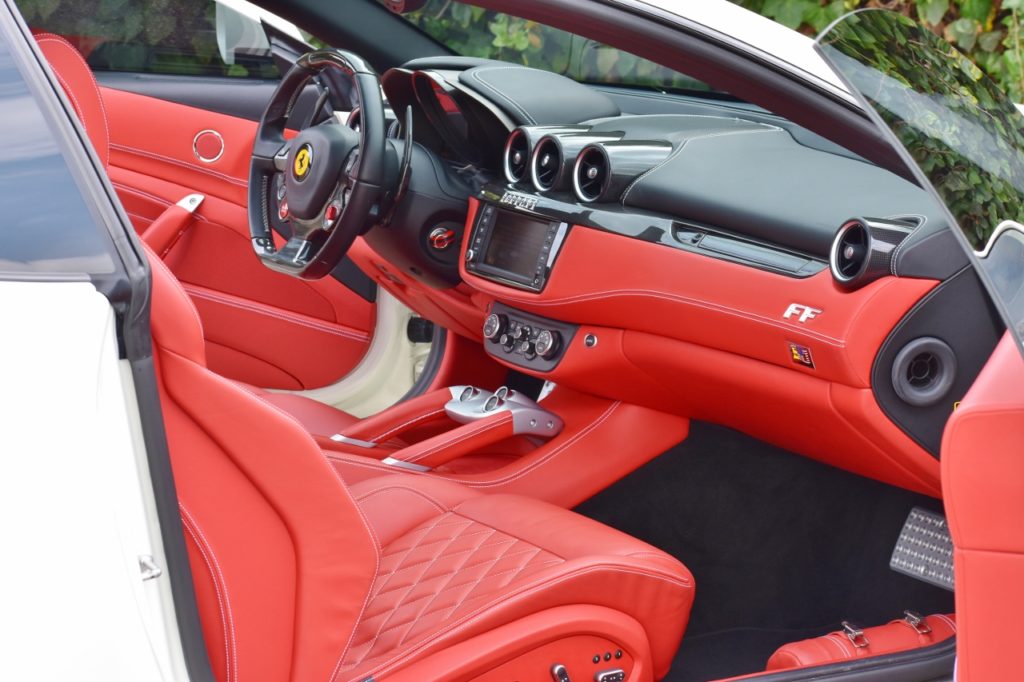
Inside the cockpit, Rosso leather blankets nearly every surface besides the black leather upper dashboard, black leather-wrapped steering wheel, and black plush carpeting. The front and rear seats prominently present diamond-quilted stitching highlighted by the use of contrasting silver thread color. As expected the front seats provide heating and full-adjustability with three memorizable presets and the headrests were optioned with silver embroidered ‘Prancing Horses.’ The front seat belts are also colored to match the Rosso leather. Expensively optioned with the rare panoramic sunroof, the expansive glass sheet happily brightens the cabin, especially for any rear passengers. Additional options include a fire extinguisher with Rosso leather case and carbon fiber inlays on the steering wheel, around the infotainment touch-screen, and HVAC vent casings.
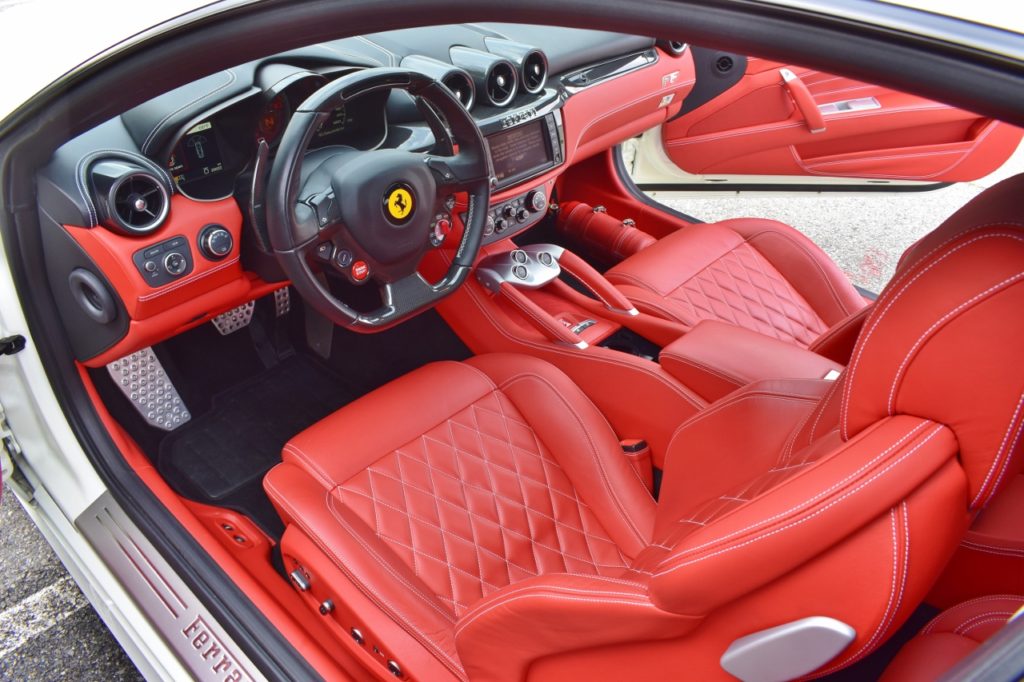
Aside from breaking the standard format of Ferrari’s 2+2 aesthetic designs, the FF was also the first production model offered with four-wheel drive. Known as 4RM, up to 20% of the engines available torque could be supplied to the front wheels via a two-speed gearbox and Haldex clutch packs. Providing that power was, at the time, Ferrari’s largest engine ever fitted into a road-going car. The 6.3-liter V12 touted 651-horsepower and 504 lb-ft of torque, enough to firmly remind any forward leaning passengers that it is time to return to their seats. Quickly stamping out that speed is a massive set of carbon ceramic brakes that could easily be confused with high-class supper plates. In all respects, the FF can skillfully play the role of soccer mom or superstar athlete with a simple adjustment to the Manettino dial.
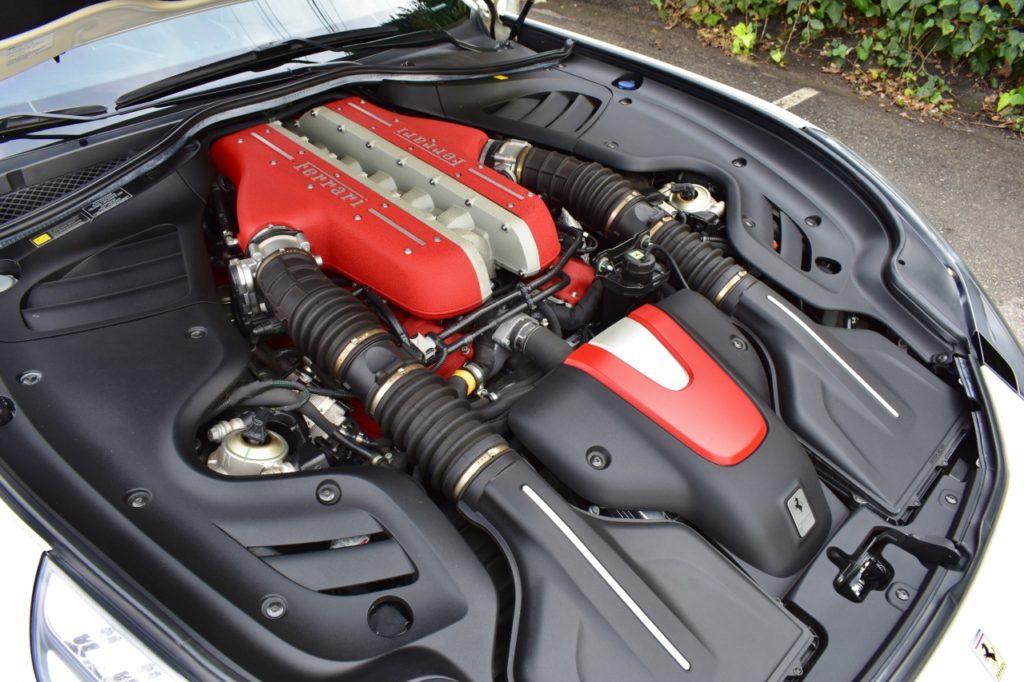
As mentioned, the FF did not sell but is still available for purchase. A Carfax report shows no incidents or damages, although the seller admits there is a small touch-up area on the right rear quarter panel that was professionally removed. A clean title from California, the service records, and all of the owner’s manuals are included with the sale.
